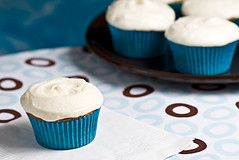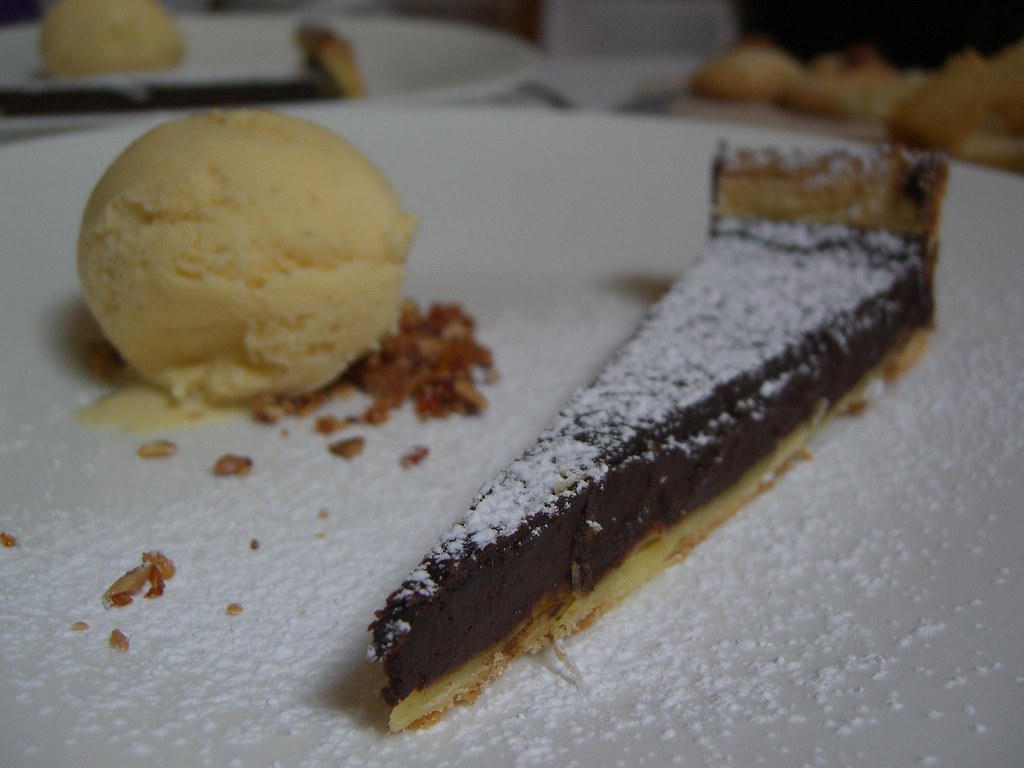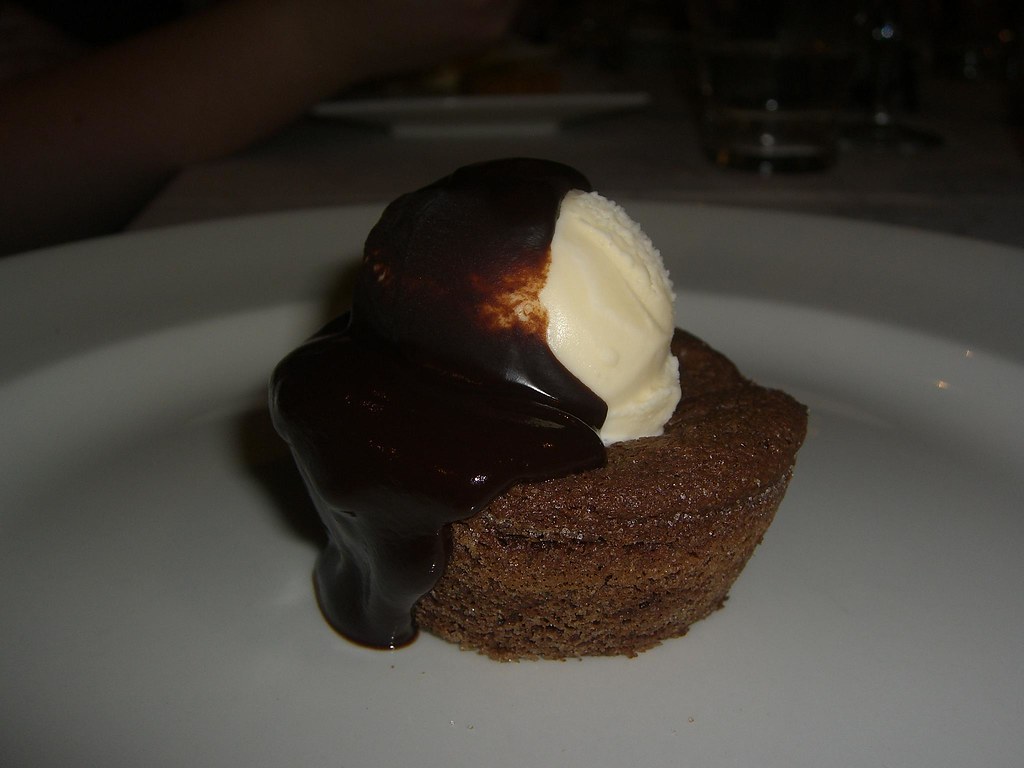Chocolate and vanilla are two flavors that have been enjoyed for centuries. Their unique qualities and complementary tastes have made them popular ingredients in countless desserts and dishes. But what is the link between chocolate and vanilla? How do they complement each other in flavor, and what is the history and origin of these two beloved flavors? In this article, we will explore the fascinating connection between chocolate and vanilla, their cultural significance, and the future of these flavors.
History and Origins of Chocolate and Vanilla



The history of chocolate and vanilla is deeply rooted in ancient civilizations.The Aztec Indians of ancient Mexico were the first to use chocolate and vanilla. For the Aztecs, chocolate held immense value and was even used as a form of currency and payment for taxes. They flavored their favorite beverage, known as “cacahuatl” or “chocolati,” with vanilla and spices, creating a unique and flavorful drink. The Spaniards introduced chocolate to Spain in 1519 after their conquest of Mexico, but they kept the source of chocolate a secret for almost a century. It wasn’t until the early 1700s that chocolate became fashionable in Europe, with “chocolate houses” appearing in European capitals.
Vanilla, on the other hand, is the seed pod of a climbing orchid. The main source of commercial vanilla is Vanilla fragrans. The fragrance of vanilla is caused by needle-like crystals of vanillin, which are soluble in boiling water or alcohol. Recent studies have challenged the traditional origin stories of chocolate and vanilla.Evidence of the use of vanilla was found in 3,600-year-old jugs in northern Israel, suggesting that vanilla may have been popular in the Old World before the New World. These findings have altered our understanding of the origins of vanilla and its early use by ancient civilizations.
Flavor Combination of Chocolate and Vanilla
One of the reasons chocolate and vanilla are such a popular flavor combination is because they complement each other in taste.Sensory characteristics of white and milk chocolate with different origins of vanilla have been studied. It was found that the perception of vanilla was weaker in chocolates with higher cacao percentages. This suggests that the intensity of the chocolate flavor can affect the perception of vanilla. Additionally, sensory preferences for different origins of vanilla varied among different consumer segments, indicating that people have different preferences when it comes to the combination of chocolate and vanilla flavors.
To illustrate this flavor combination, let’s take the example of a classic dessert: the chocolate and vanilla swirl ice cream. This popular frozen treat features both chocolate and vanilla flavors swirled together, creating a delightful contrast in taste and texture. The rich, creamy chocolate complements the smooth, aromatic vanilla, resulting in a harmonious and satisfying flavor experience. Whether enjoyed on its own or as a topping for other desserts, the chocolate and vanilla swirl ice cream showcases the perfect balance of these two beloved flavors.
Popular Desserts and Recipes Featuring Chocolate and Vanilla
The combination of chocolate and vanilla is a favorite among dessert enthusiasts. There are numerous popular desserts that feature both chocolate and vanilla, each highlighting the unique qualities of these flavors. One such example is the classic chocolate lava cake with vanilla sauce. This decadent dessert consists of a rich, molten chocolate cake that oozes a luscious chocolate center when cut open. It is served with a smooth and creamy vanilla sauce, providing a delightful contrast to the intense chocolate flavor. The combination of warm chocolate and cool vanilla creates a truly indulgent dessert experience.
Another beloved treat that showcases the link between chocolate and vanilla is the chocolate and vanilla marbled cake. This visually stunning cake features alternating layers of chocolate and vanilla batter, creating a beautiful marbled effect when sliced. Each bite offers a harmonious blend of the deep, cocoa-rich chocolate and the fragrant, sweet vanilla. The marbled cake is often finished with a drizzle of chocolate ganache or a dusting of powdered sugar, adding a touch of elegance to this classic dessert.
These are just a few examples of the many delightful desserts that feature the irresistible combination of chocolate and vanilla. Whether in the form of ice cream, cakes, cookies, or pastries, the link between chocolate and vanilla has been celebrated in the culinary world for centuries.
Market and Production of Chocolate and Vanilla
The production of chocolate and vanilla is a complex process that relies on specific climatic conditions and careful cultivation.Both chocolate and vanilla require tropical environments to thrive and are typically grown about 20° from the equator, relying on rainforests for their growth. However, the production of chocolate and vanilla is not without challenges. They are often grown in some of the poorest areas of the world, and their cultivation is affected by political conflicts, harsh environments, and corruption.
Large chocolate manufacturers use blends of cocoa beans to maintain consistent flavor profiles. Different origins of cocoa beans can have distinct flavors, and blending allows for the creation of a desired taste experience. However, the chocolate industry also faces issues such as bloom, a phenomenon in which chocolate turns white or gray and loses its snap. Bloom can be caused by factors like temperature fluctuations or improper storage. Sugar bloom and fat bloom are the two main types of bloom, each resulting from different causes.
The vanilla market faces its own set of challenges. Cyclone damage and theft have put stress on the vanilla market, leading to a decrease in quality and availability. Vanilla is often used in baking, and its delicate flavor can be affected by high heat. These factors highlight the vulnerability of the chocolate and vanilla industries and the need for sustainable practices and support for farmers in these regions.
Chocolate and Vanilla in Culinary Applications
Chocolate and vanilla offer versatility in various culinary creations. Chocolate, with its rich and complex flavors, is not only used in sweet applications but also in savory dishes. It can be used to enhance the flavors of meat, adding depth and complexity to dishes like mole sauce or cocoa-rubbed steak. Vanilla, on the other hand, is commonly used in baking and is a staple ingredient in many sweet recipes. Its aromatic and delicate flavor can be found in cakes, cookies, custards, and more.
The combination of chocolate and vanilla opens up endless possibilities in the culinary world. Chefs and home cooks alike can experiment with these flavors to create unique and delicious dishes. From chocolate and vanilla-infused sauces to layered desserts and creative confections, the link between chocolate and vanilla continues to inspire culinary innovation.
Cultural Significance of Chocolate and Vanilla
- Chocolate and vanilla hold cultural significance in different regions and cuisines around the world.
- These flavors are often incorporated into traditional dishes and celebrated in cultural rituals or traditions.
- For example, in Mexican cuisine, chocolate is a key ingredient in dishes like mole poblano, a rich sauce made with a blend of chili peppers, spices, and chocolate.
- This sauce is often served over meat or poultry, adding a unique and complex flavor profile.
- In certain cultures, the consumption of chocolate and vanilla is associated with specific rituals or celebrations.
- In some African communities, vanilla is used as a symbol of love and is included in traditional wedding ceremonies.
- Chocolate, on the other hand, is often associated with celebrations such as Valentine’s Day or Easter, where it is exchanged as a symbol of affection or indulgence.
- The cultural significance of chocolate and vanilla goes beyond their flavors.
- They are ingrained in the traditions and customs of various communities, enriching their culinary heritage and connecting people through shared experiences and traditions.
Health Benefits and Nutritional Value of Chocolate and Vanilla
While chocolate and vanilla are often enjoyed for their flavors, they also offer some potential health benefits. Chocolate, particularly dark chocolate with a high cocoa content, is known for its antioxidant properties. Antioxidants help protect the body against free radicals and oxidative stress. Dark chocolate has also been associated with mood-boosting effects, thanks to the presence of compounds such as phenylethylamine and serotonin.
Vanilla, too, possesses antioxidant and anti-inflammatory properties. It has been used in traditional medicine for its potential calming and relaxing effects. However, it is important to note that these health benefits are associated with moderate consumption of chocolate and vanilla as part of a balanced diet. Excessive consumption of chocolate and vanilla products, particularly those with added sugars and fats, can lead to adverse health effects.
The Future of Chocolate and Vanilla
The chocolate and vanilla industry is constantly evolving, driven by emerging trends, consumer preferences, and innovations in production and processing. There have been studies exploring the possibilities for vanilla replacement and consumer preferences in different regions. These studies aim to understand consumer preferences for different origins of vanilla and explore potential alternatives. The chocolate industry, too, faces challenges such as the focus on sugar reduction and changing regulations. These factors shape the future of the chocolate and vanilla industry, as producers strive to meet consumer demands while ensuring sustainability and quality.
The future of chocolate and vanilla also lies in the hands of consumers and their changing tastes and preferences. As people become more conscious of their food choices and seek out unique and innovative flavors, the demand for high-quality chocolate and vanilla products is expected to grow. This presents both challenges and opportunities for producers, who must adapt to changing market trends and consumer demands.
In conclusion, the link between chocolate and vanilla is a timeless and enduring one. From their fascinating history and origins to their complementary flavors, chocolate and vanilla have captured the hearts and taste buds of people around the world. Whether enjoyed in classic desserts, savory dishes, or innovative creations, the combination of chocolate and vanilla continues to bring joy and delight. So, the next time you indulge in a chocolate and vanilla treat, savor the rich history, cultural significance, and delicious flavors that these two ingredients have to offer.

